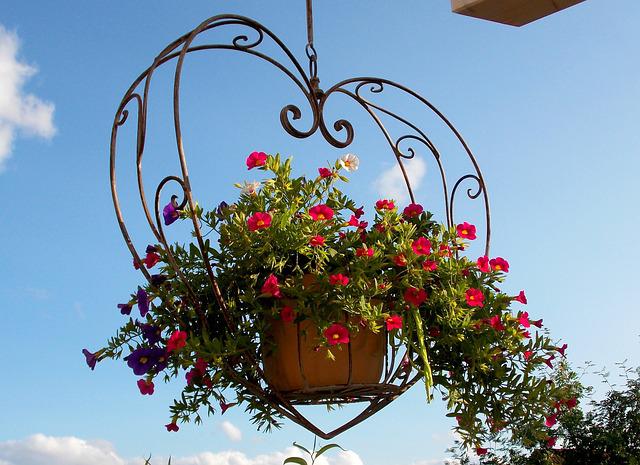
May is such a busy month in the garden you hardly need reminders of what to do. Just walk outside and you’ll be overwhelmed at all that needs to be done in your yard and garden this time of year. The following is a list of some of the many things that need to be done in the garden this month:
- Keep weeds under control with hoeing, pulling, and mulching. Mulch will save up to 80% of the work for you by suppressing weeds, keeping the soil cooler in the summer, retaining soil moisture, and breaking down to improve the soil and feed the plants. Mulch also keeps soil from splashing on plants and spreading diseases, and it just looks so much nicer to have mulched beds. Use real bark mulches, not fake dyed stuff that is often ground-up old pallets containing harmful substances for your plants.
- Plant container-grown trees and shrubs.
- Prune and feed azaleas immediately after bloom.
- Keep new trees, shrubs, and flower transplants watered well. They don’t have established root systems yet, and wind and lack of rain dries them out very quickly.
- Plant summer bulbs such as cannas, dahlias, elephant ears, caladiums, and gladiolus.

- Plant containers and hanging baskets to go on porches and patios. They will have to be watered almost daily all summer and sometimes twice a day. It will help to put them in part shade, protected from the wind.
- Check the soil temperatures to know when to plant summer vegetables such as watermelons, cantaloupes, cucumbers, eggplants, okra, black-eyed peas, and sweet potatoes in the middle of May probably, maybe!
- Don’t use pesticides in your yard if you want to have wildlife, including birds, butterflies, and hummingbirds. Use IPM (Integrated Pest Management) and let the birds and beneficial insects take care of the bad guys for you. If you feel you must intervene, use safe cultural practices such as handpicking, a sharp spray with the hose, insecticidal soap, horticultural oil, or neem oil. Make sure they really are the bad guys and not the good guys taking care of the bad guys for you! If you have good soil and healthy plants, the damage done by insects is hardly ever too severe. If you have a diverse landscape with lots of different plants including trees, shrubs, perennials, annuals, grasses, bulbs, and vines, the balance of nature will almost always take care of things for you.
- Remember to plant things that grow well in summer heat and that attract butterflies to make your own little wildlife sanctuary more enjoyable. Many of the following plants will attract butterflies, birds, and other pollinators. Most of these plants will bloom all summer if you keep them deadheaded (cut off the spent blooms). Some of the best butterfly attracting plants are butterfly weed, purple coneflower, black-eyed Susans, cosmos, cleome, coreopsis, oregano, liatris, catmint, daylilies, anise hyssops, Joe Pye weed, pentas, salvias, veronicas, monardas, sedums, passionflower vines (the only host plant for Gulf Fritillaries), hollyhocks, gaillardias (Arizona Sun is a great one), gaura (Siskiyou Pink), blue false indigo, lantanas (try New Gold), Barbara’s Buttons, penstemons, pincushion flower, yarrows, zinnias, autumn sage (Pink Preference), and goldenrods (no, they don’t cause hay fever, that’s the ragweed growing with it). Be sure to have some dill, parsley (Italian flat leaf), and fennel for the black swallowtail butterfly to lay eggs on and milkweed for the monarchs to lay eggs on and feed the monarch caterpillar babies. Good butterfly trees and shrubs are oaks, red maples, Kentucky coffee trees, deciduous hollies (possumhaws), beautyberries, butterfly bushes, paw paw trees, chokeberries, bald cypresses, and redbuds.

National Garden Clubs, Inc. is a 501(c)(3) organization that aims to promote the love of gardening, floral design, and civic and environmental responsibility. There is a local club near you, click here to find one and join. Subscribe to the NGC’s blog by entering your e-mail here. You do not have to be an NGC member to subscribe. NGC welcomes blog article submissions, e-mail the Blog Administrator at blog@gardenclub.org.


